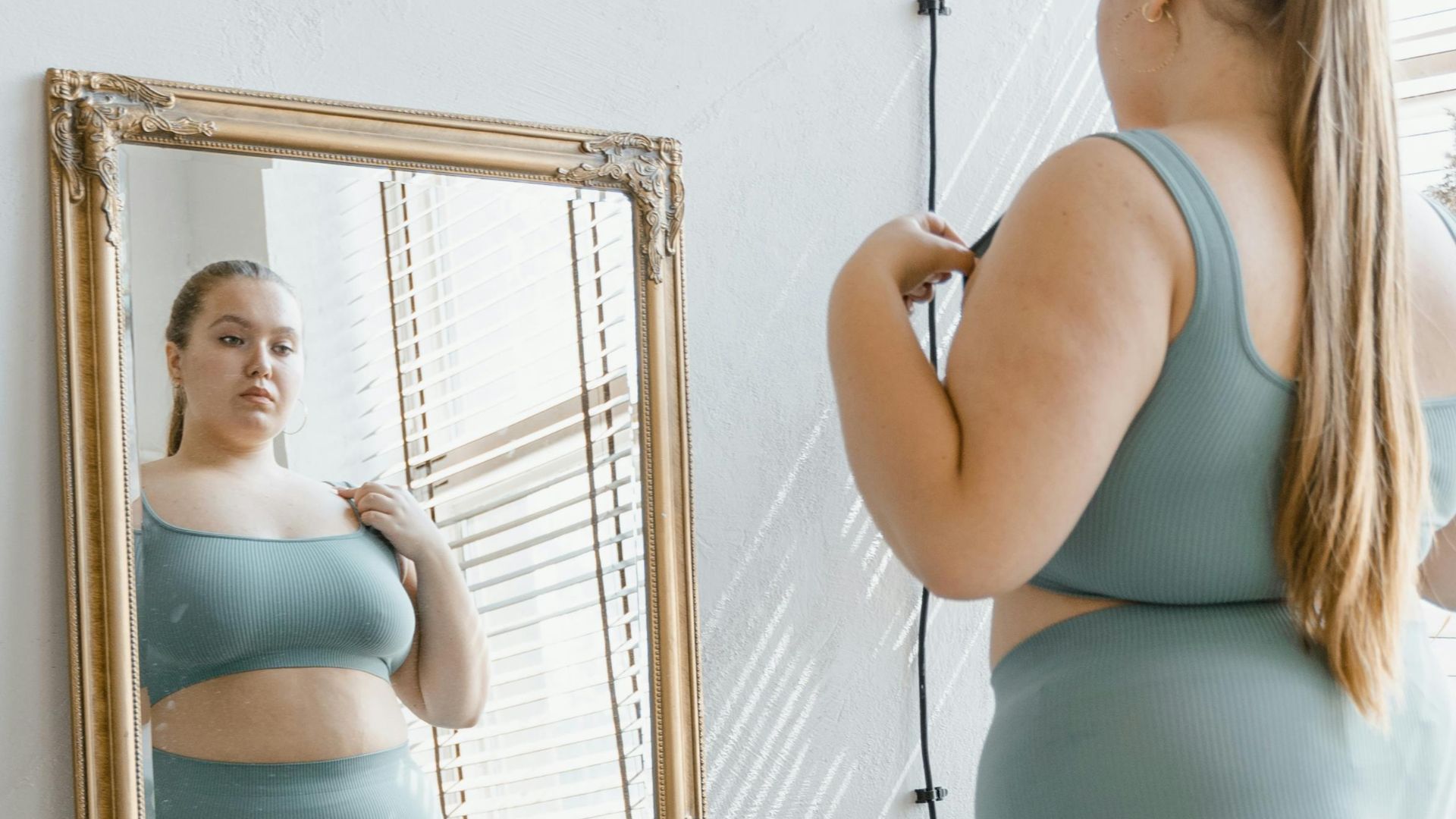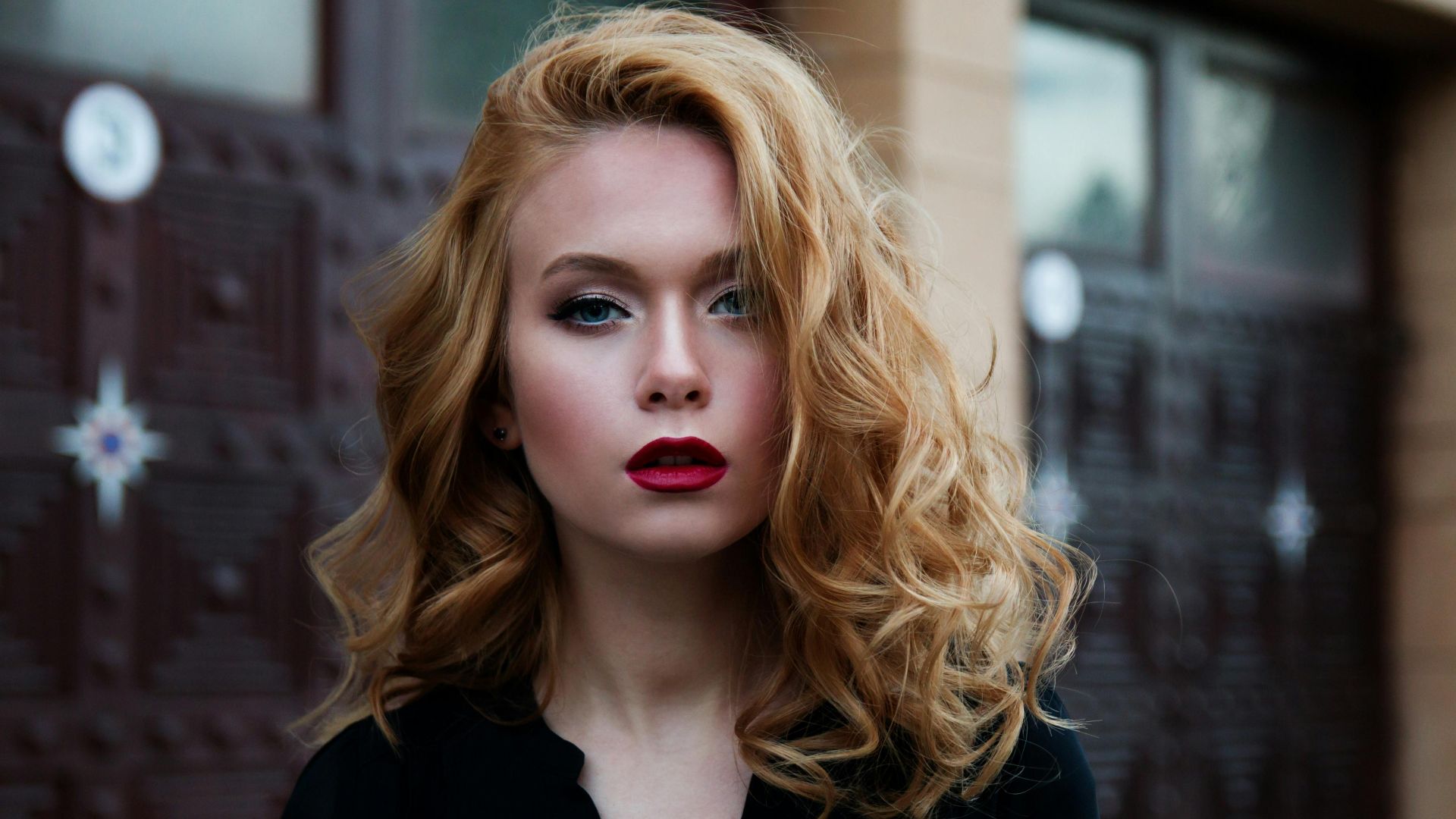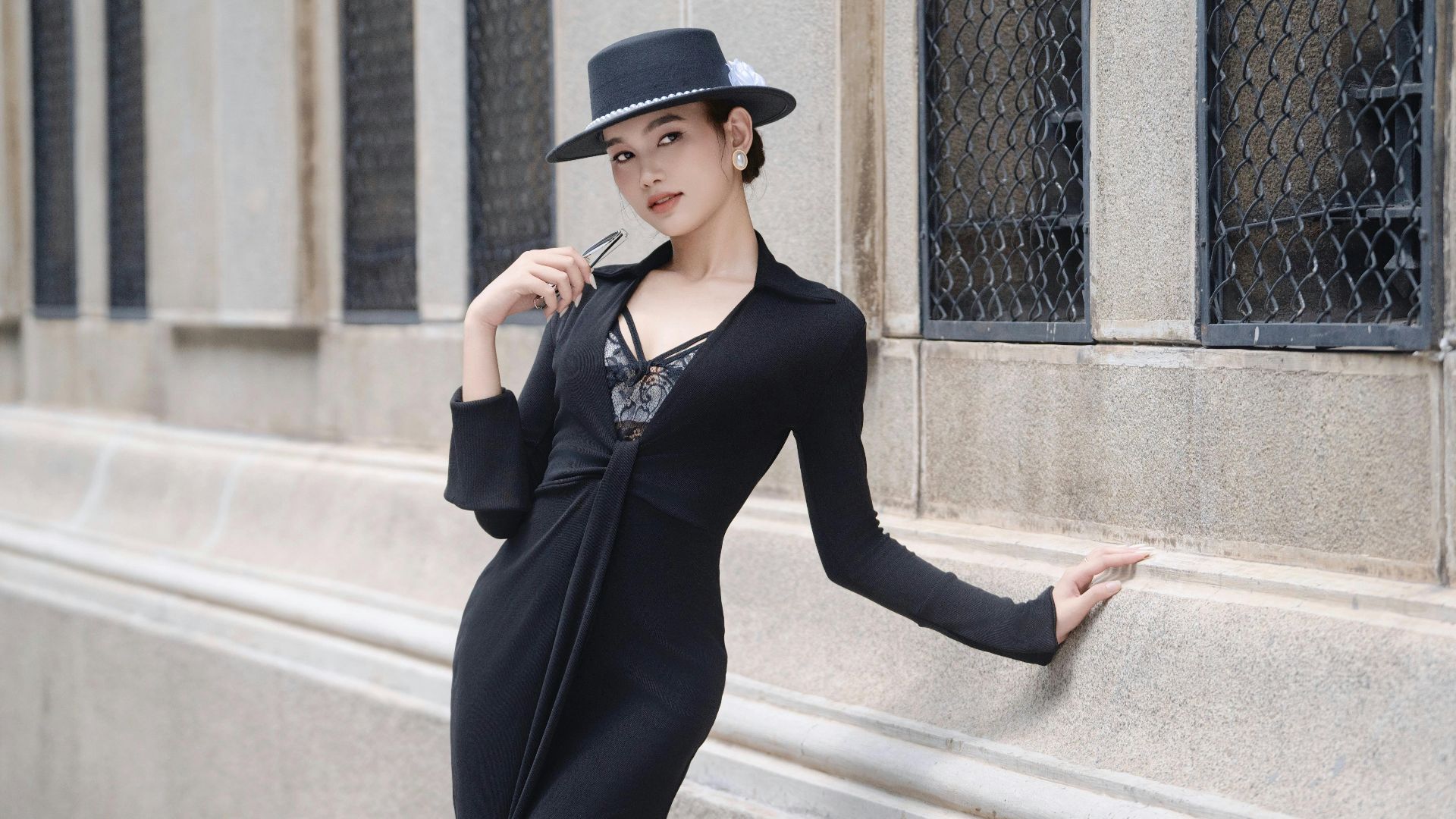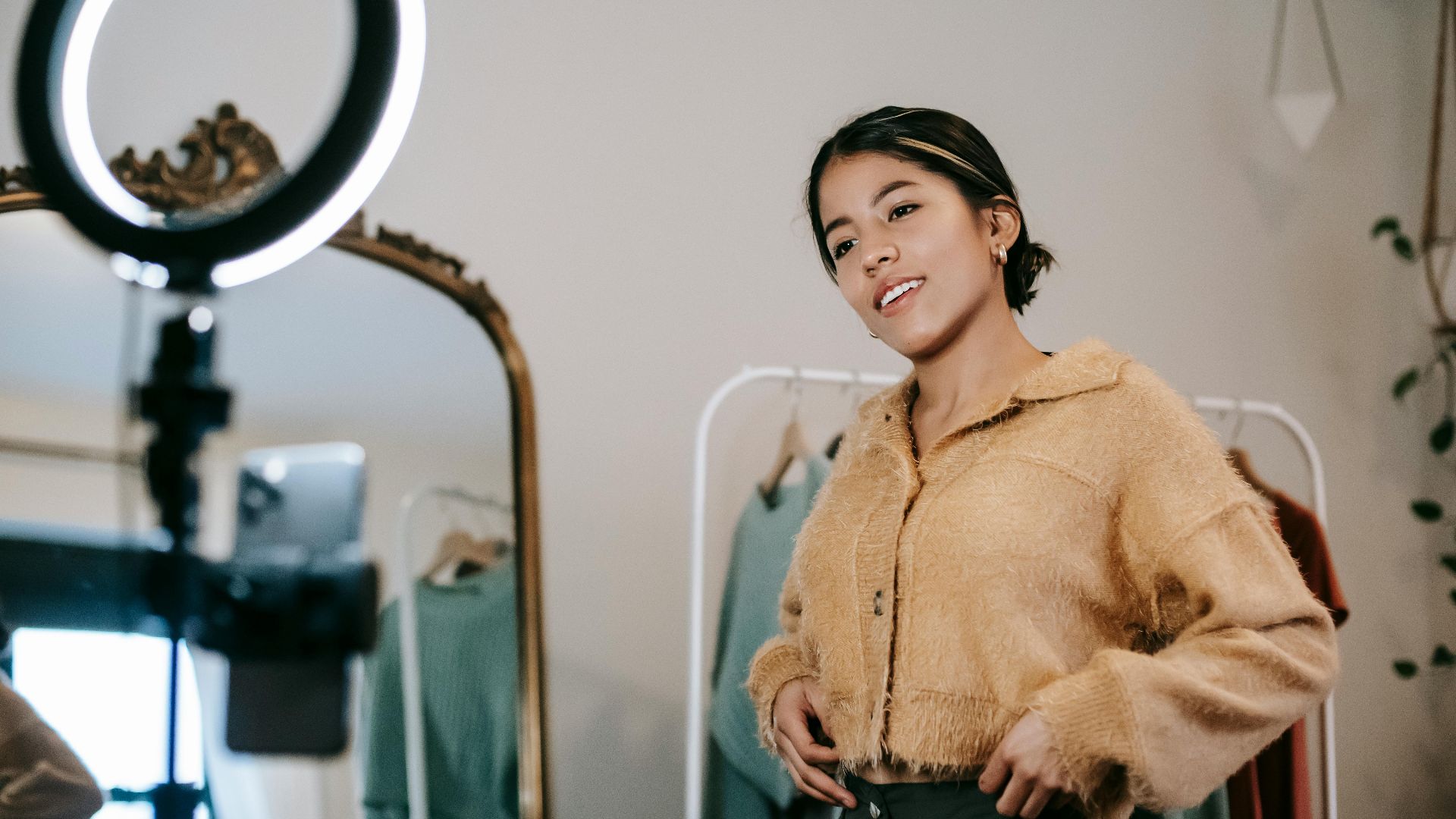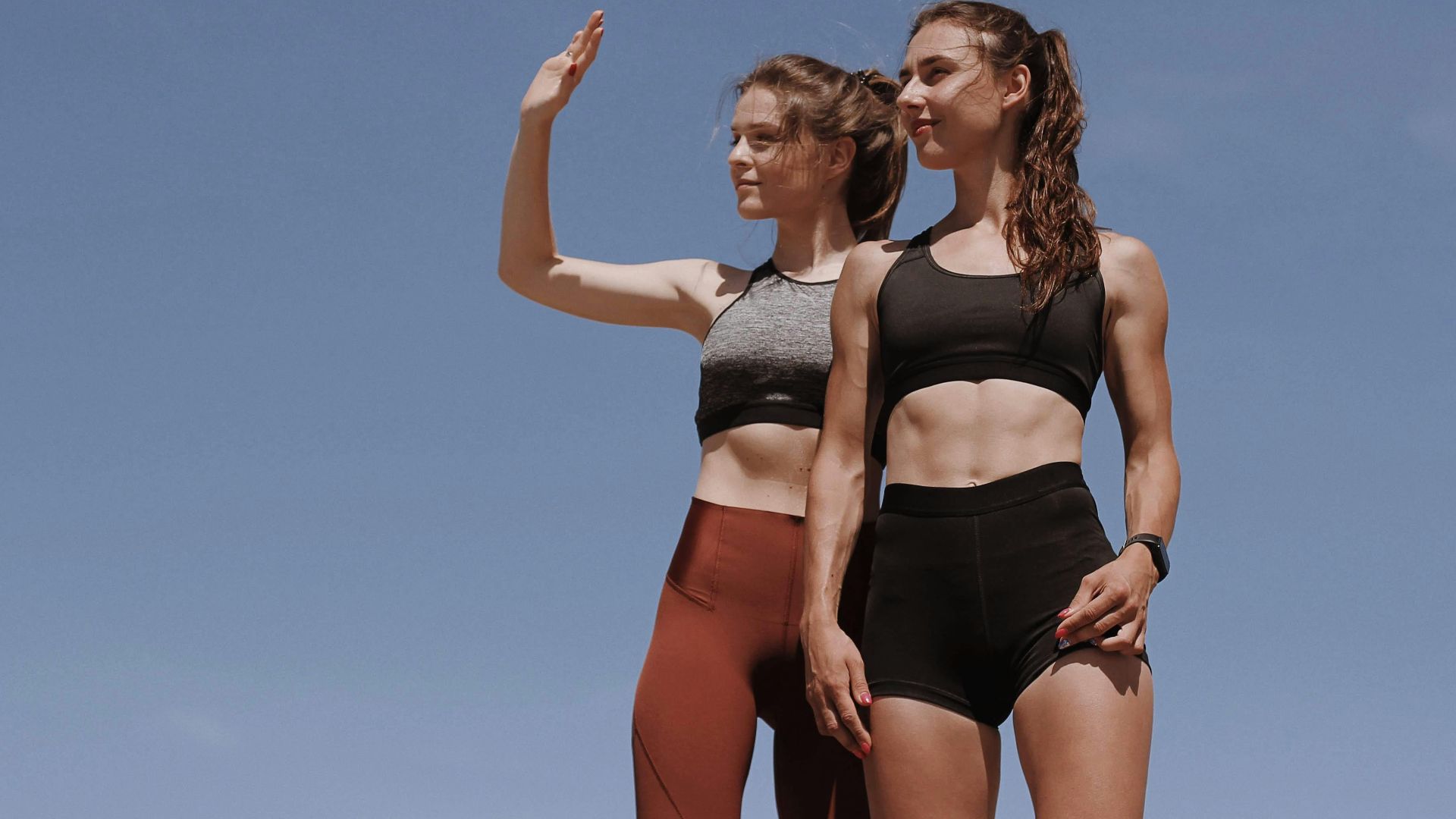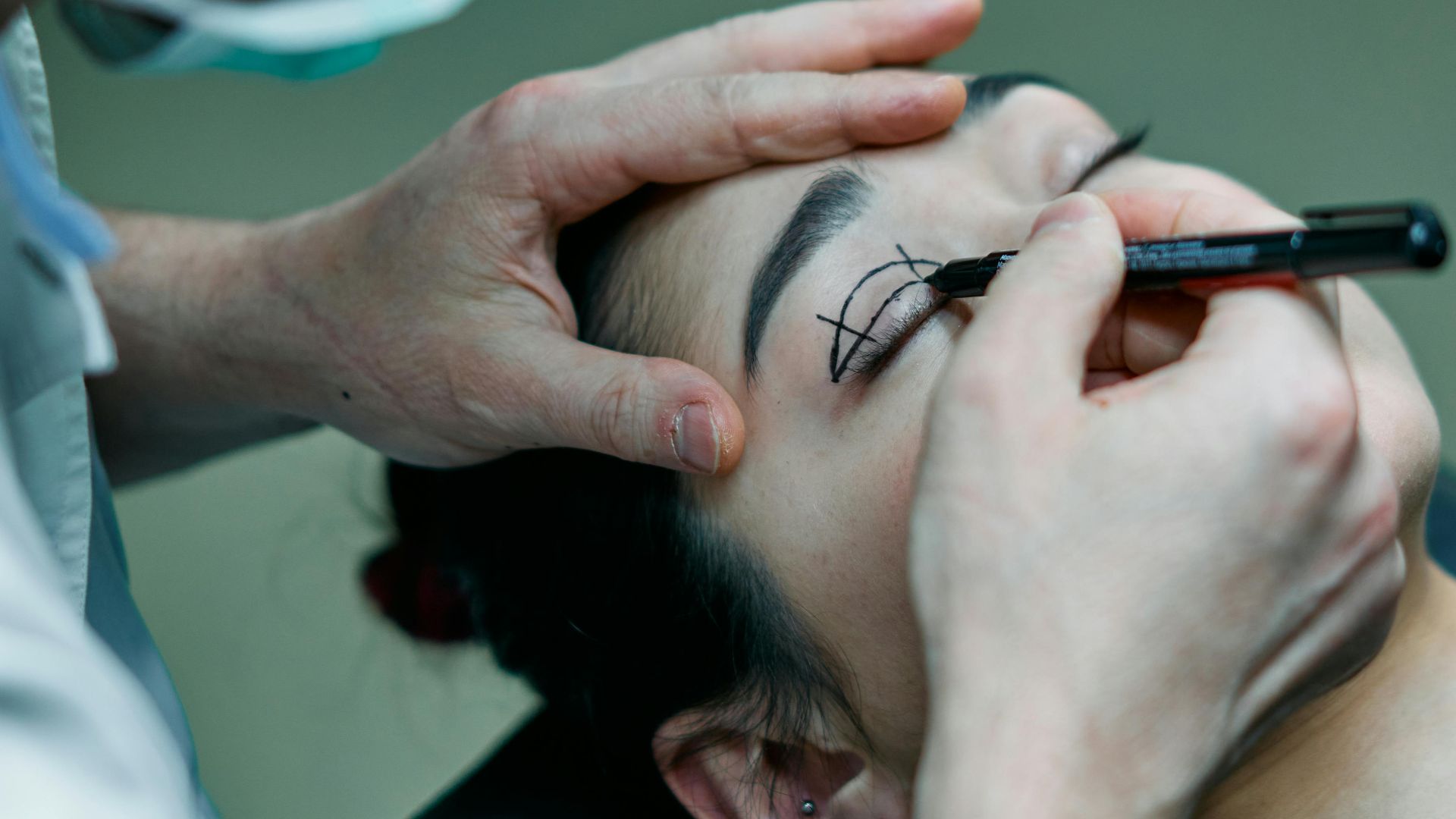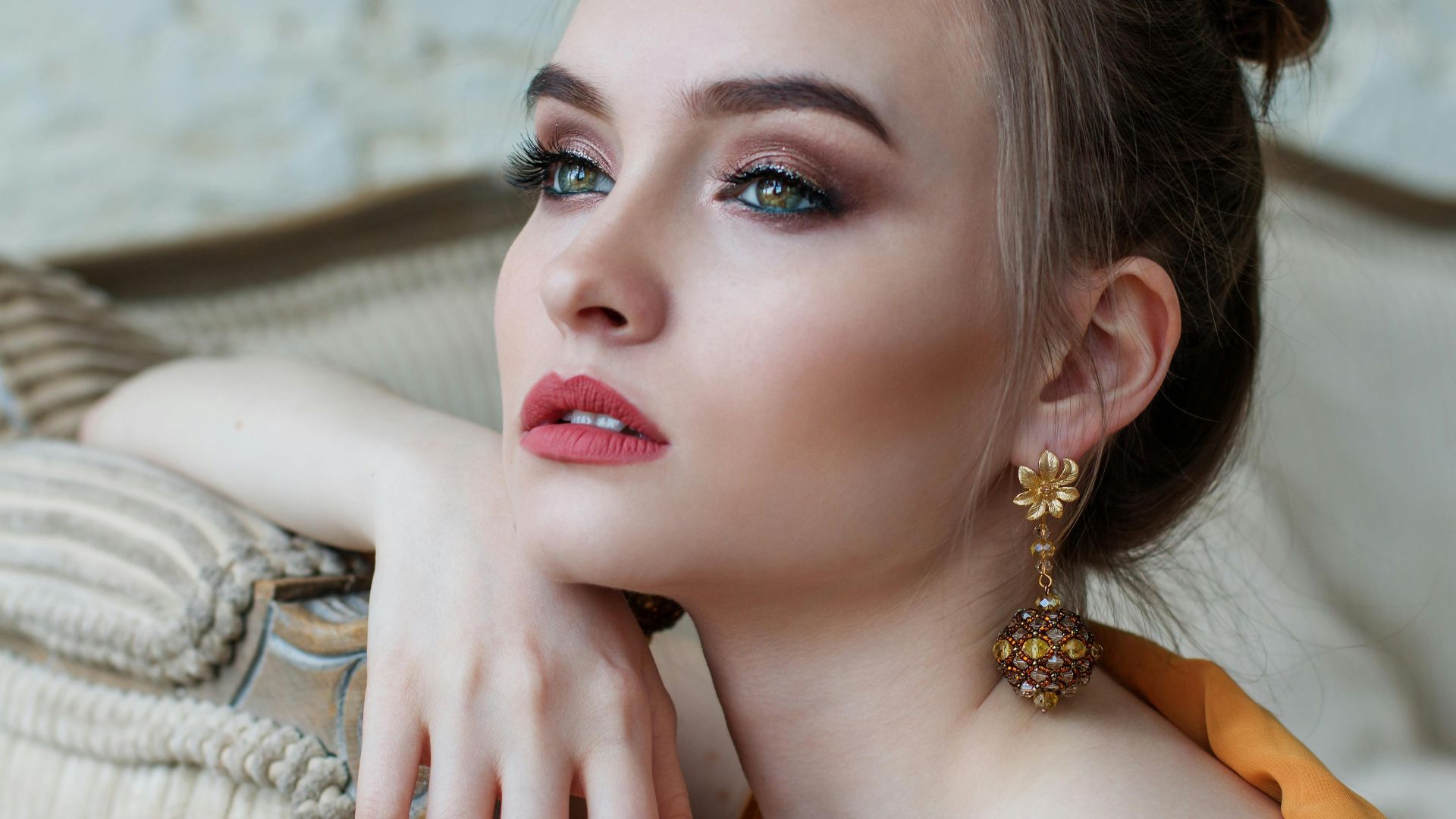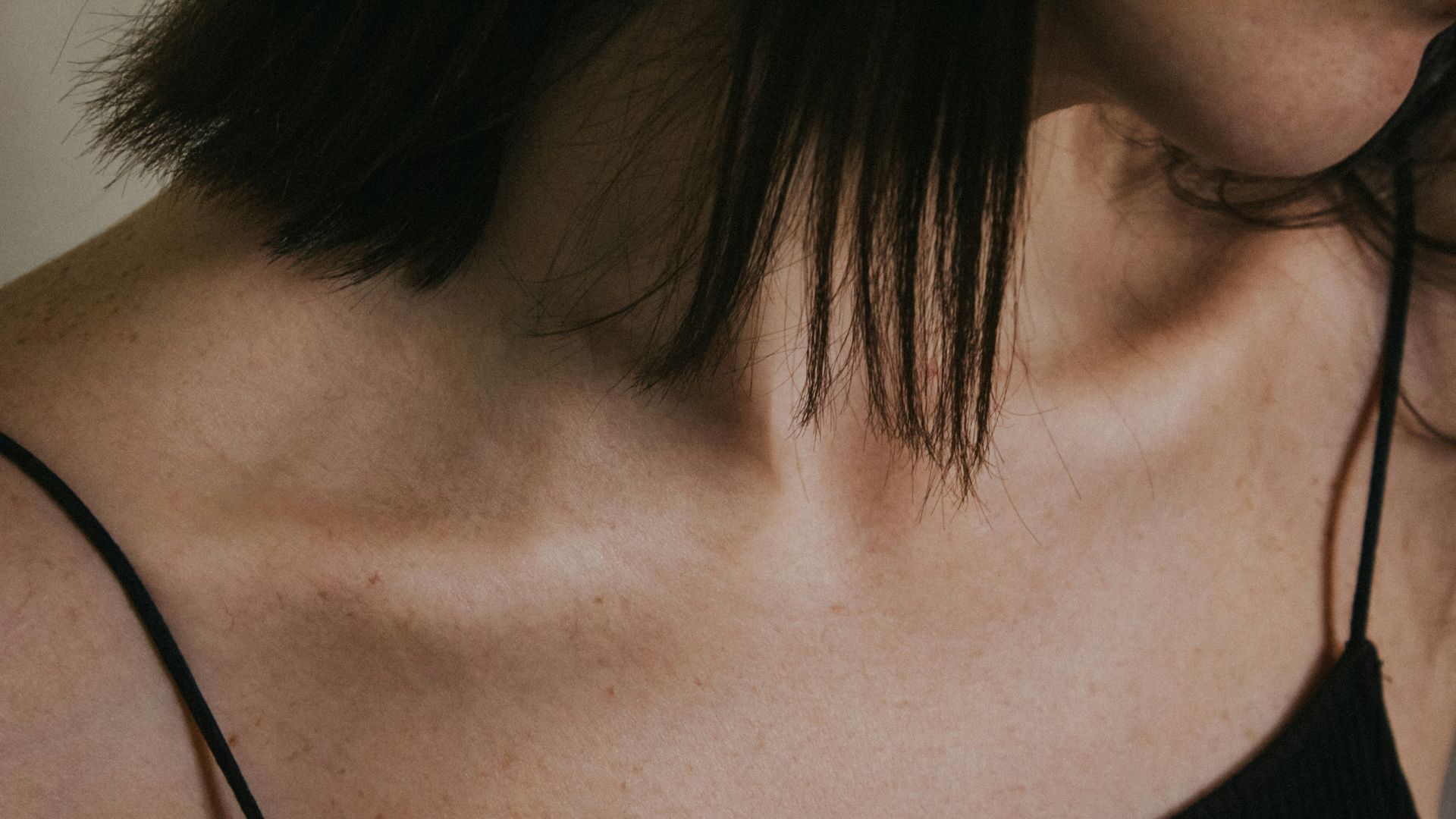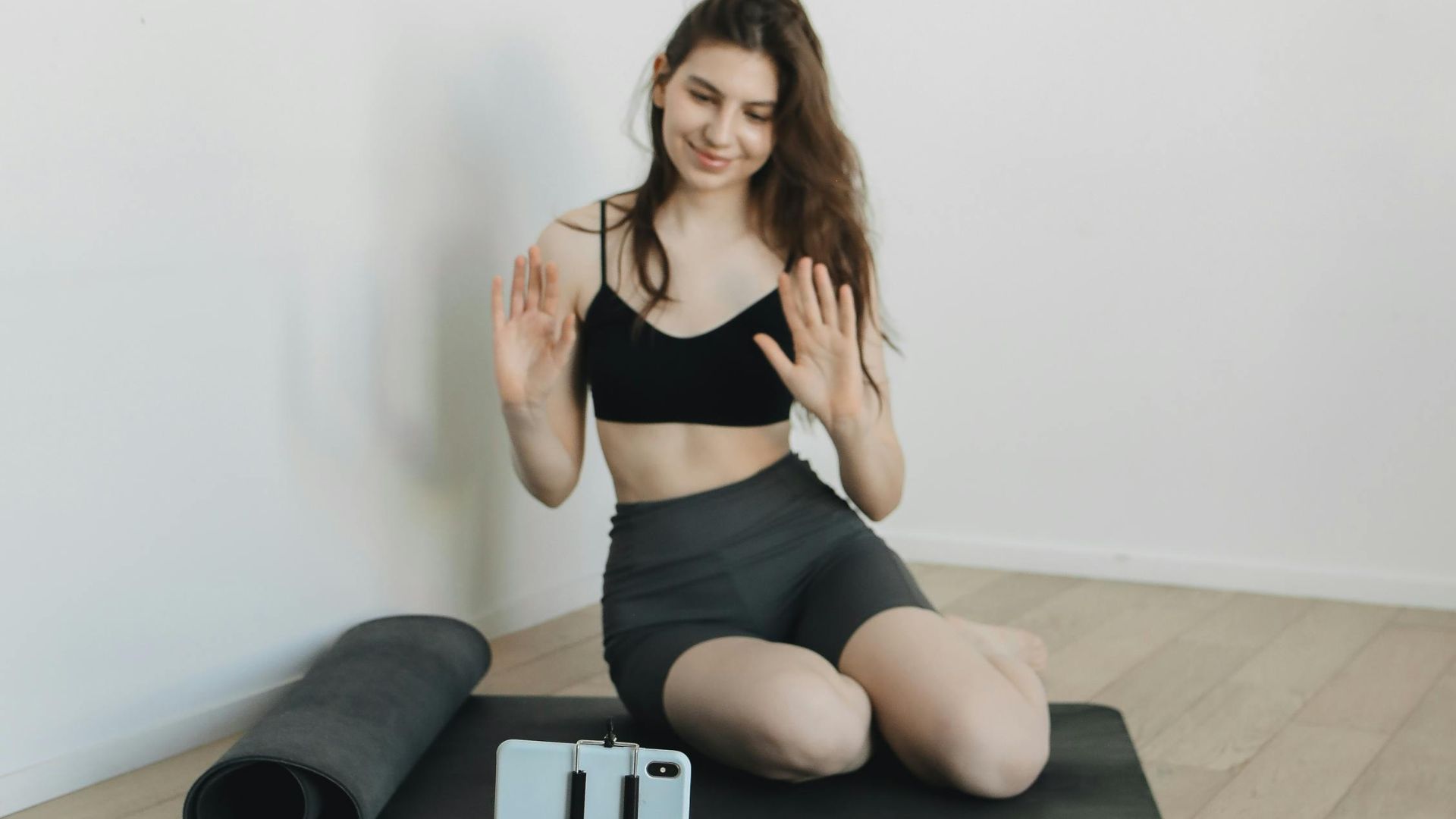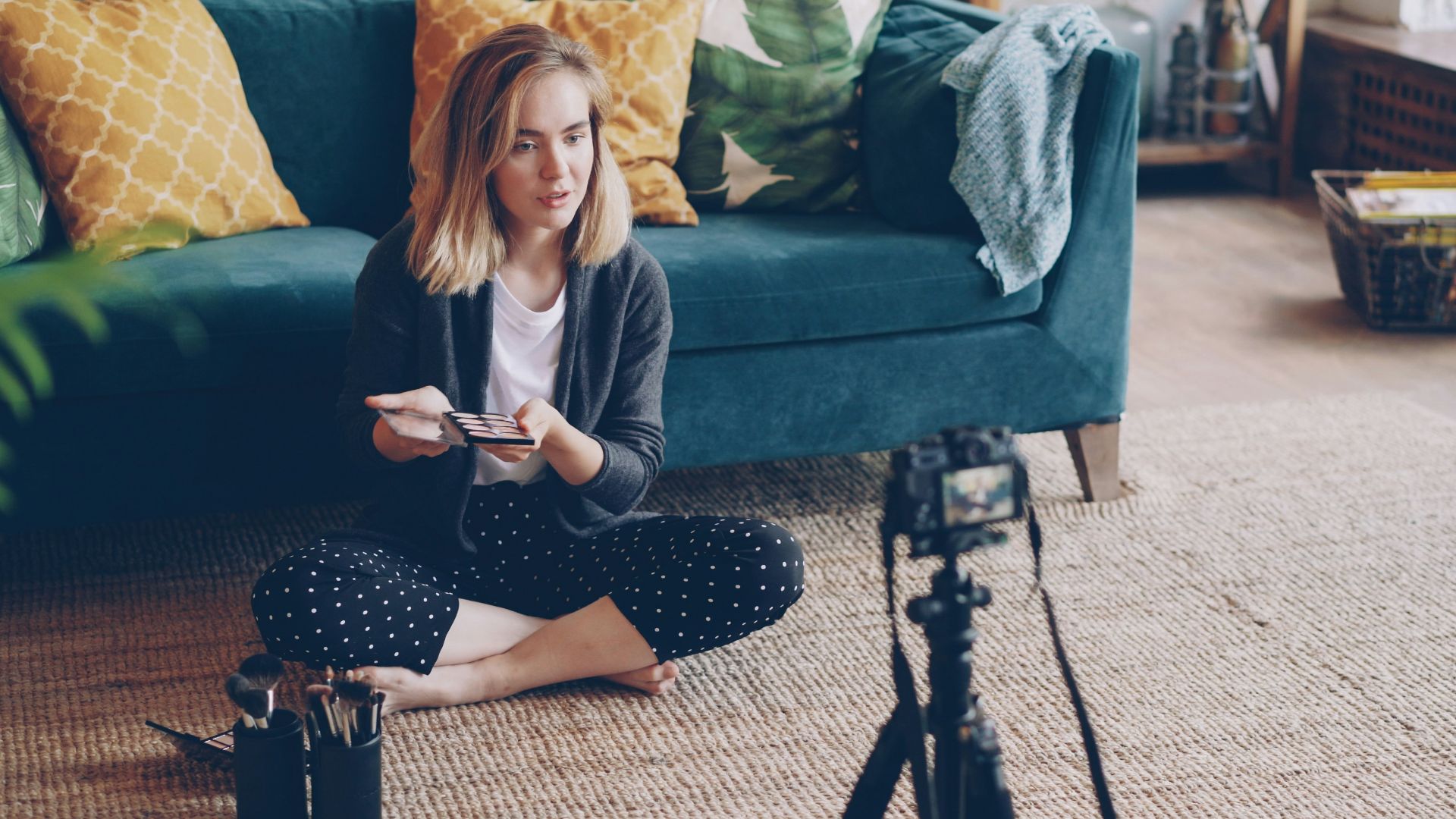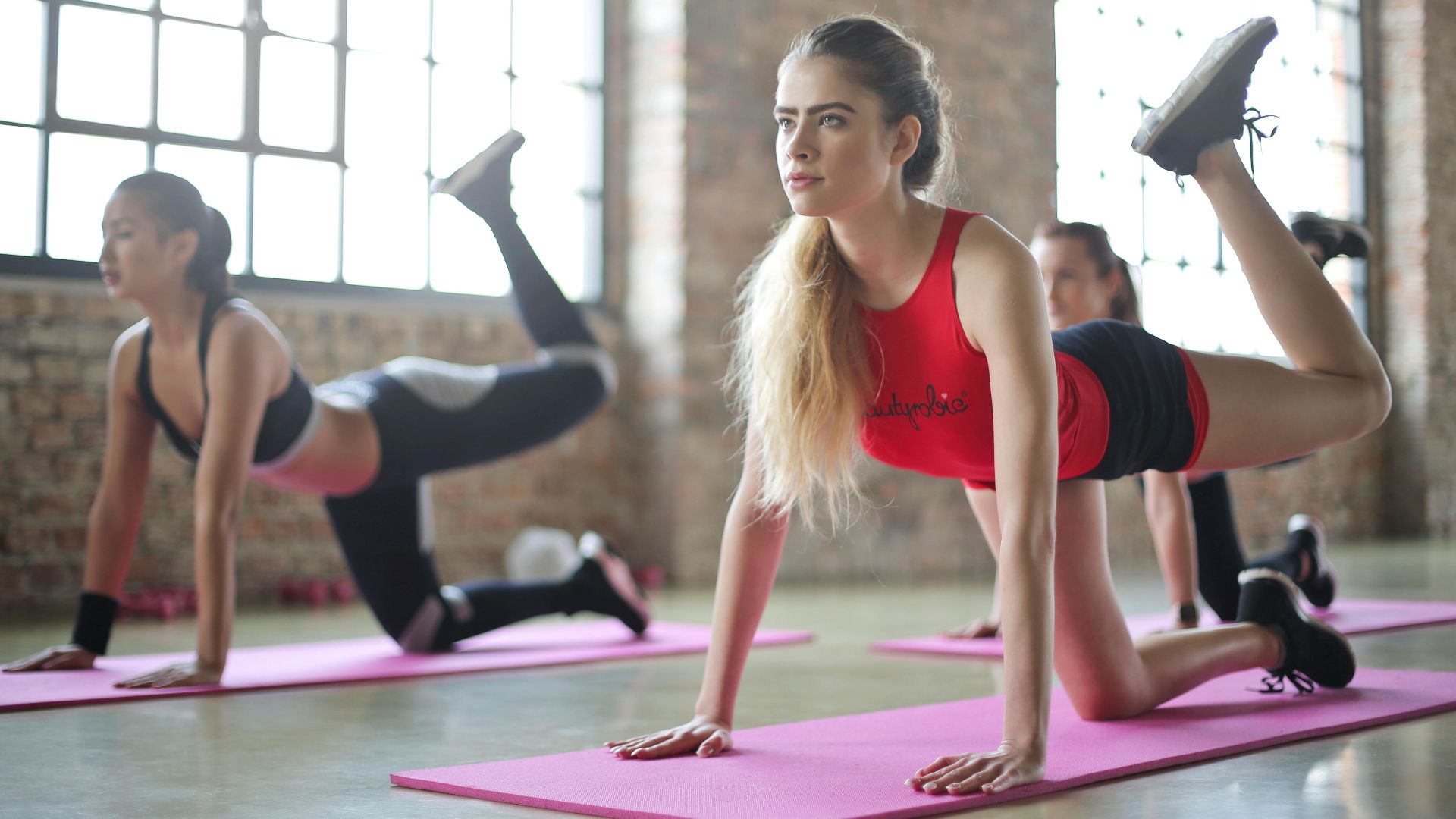When Comparison Becomes A Habit
Scrolling can feel relaxing at first, especially when you’re just watching fun posts float by. Then, almost without noticing, you start sizing yourself up next to the people you see. Their polished photos shift how you view your own reflection. These small influences build quietly while blending into your daily routine. So let’s look at how social media sparks these feelings and ruins your body image over time.
1. Photoshopped And Filtered Images
As you scroll, everything looks perfectly edited, which shifts how beauty appears online. Feeds fill with smooth skin, bright lighting, and curated angles. Editing tools stay one tap away, so perfection feels normal. Younger users interact with this the most, and that’s what keeps the cycle active.
2. Promotion Of Body Types
Right away, you’ll notice how certain posts rise to the top because algorithms choose them. These systems highlight specific body types until they start feeling like the standard. As this cycle continues, insecurities build quietly. Many people never realize that algorithms, not real popularity, drive what fills their feed.
3. Pushing Unattainable Aesthetics
When you open any platform, influencers appear polished and styled in ways that feel effortless yet come from heavy planning. Their routines and promoted products create ideals that feel out of reach. With professional photography behind many posts, the lifestyle looks natural on screen.
4. Comparison With Peers
Your mind shifts quickly when you see friends or acquaintances sharing their brightest moments. Social media shows only the top snapshots, which encourages constant comparison. These polished bits create pressure that builds quietly. Even people who shine online often carry insecurities away from the screen.
5. Viral Body Challenges
Suddenly, a new challenge appears, and people all over try to match it without thinking about how unrealistic it may be. Social platforms encourage users to shape their bodies toward specific features. Influencers and celebrities spark many of them, and their reach helps these challenges grow rapidly.
6. Pressure To Post Flattering Selfies
Every time someone prepares to post a selfie, there’s a moment of calculation. The lighting and editing all play a part in choosing that final image. Many people look for positive reactions, which make likes feel like approval.
7. Cyberbullying Targeting Appearance
Online spaces sometimes shift into harsh environments when people comment on someone’s appearance. These attacks affect confidence and emotional well-being quickly. Some individuals pull away from social platforms or everyday interactions once this pressure becomes overwhelming.
8. Overexposure To Cosmetic Product Sponsorships
Sponsored cosmetic posts flood timelines with promises of quick transformations. The constant promotions create pressure to buy products that suddenly feel essential for achieving certain looks. Influencers sometimes feature items they never actually use, and when sponsorships blend seamlessly into regular content, the sales pitch feels deceptively personal and genuine.
9. Diet Culture Hashtags
As you explore different hashtags, many lead straight into restrictive eating habits that appear acceptable online. These tags reach young users easily and affect their relationship with food. Even people without prior concerns can feel tempted to follow these patterns.
10. Cosmetic Surgery Ads
Scroll through any feed, and a pattern appears as polished ads for cosmetic treatments rise to the top. They frame enhancement as a smooth route toward beauty. Influencers share these services with friendly voices, and edited comparisons lift the pressure to striking levels.
11. “What I Eat In A Day” Videos Promoting Restrictive Eating
As these videos circulate, viewers often absorb rigid eating patterns shown by creators. Some recordings present meals that differ from real habits. This format encourages comparisons and pulls people toward diets that feel unreal and difficult to follow consistently.
12. "Glow Up" Culture Implying You Need Fixing
Glow-up transformations suggest your current self needs dramatic improvement to be acceptable. The term implies everyone starts from a "before" state requiring correction. This narrative makes people view themselves as unfinished projects constantly needing upgrades rather than already being enough.
13. Thigh Gap And Body Part Obsession Trends
Specific body parts become trends—thigh gaps, hip dips, collar bones. Random features get labeled desirable or flawed based purely on viral moments. People scrutinize body parts they never noticed before, developing fixations on details that mean absolutely nothing about health or attractiveness.
14. Sponsored Shapewear Creating "Perfect Body" Illusions
Influencers promote shapewear that dramatically alters body shapes in clothing. They show results without disclosing the uncomfortable compression underneath. Followers wonder why their clothes don't fit the same way, unaware that most "perfect" outfit photos involve hidden body-shaping garments creating impossible silhouettes.
15. Unrealistic Pregnancy And Postpartum Body Portrayals
Across social platforms, pregnancy and postpartum bodies often look unchanged or instantly restored. These portrayals create pressure for new mothers who already feel overwhelmed. Much of the real postpartum experience remains unseen, which shapes unrealistic expectations for many.
16. Age-Defying Content Creating Pressure On Older Users
Anti-aging content suggests looking youthful is mandatory at any age. Older users face pressure to erase wrinkles, gray hair, and natural aging signs. The message implies aging visibly equals failure, creating anxiety around a completely normal biological process that everyone inevitably experiences.
17. Body Shaming Memes
All over social platforms, body-shaming memes influence how people view themselves. Different posts target appearance and fuel insecurities through repeated jokes. Even lighthearted content can shift confidence in ways that linger long afterward.
18. Posing Tutorials Teaching Body Manipulation Tricks
Tutorials teach strategic posing—twisting torsos, arching backs, angling limbs—to appear thinner. These tricks work for photos but create false impressions. Followers learn their natural stance looks "wrong" and that simply existing without contortion equals unflattering.
19. "Get Ready With Me" Videos Setting Unrealistic Daily Standards
Elaborate makeup and styling routines get framed as casual everyday prep. Viewers feel pressure to match that polished look daily, turning basic routines into exhausting performances that nobody can realistically sustain long-term.
20. “Thinspiration” And Pro-Ana Communities Online
Scroll a little and you stumble into secret clubs that wrap extreme weight goals in friendly workout chatter. The guidance inside pushes people in tough directions emotionally and physically. Platforms try to filter them out, yet new versions slide back in under playful names.
KEEP ON READING

20 Natural Ways You Can Boost Your Immune System

20 Ways To De-stress & Relax After Work

The 10 Most Common Diseases & The 10 Most Rare



